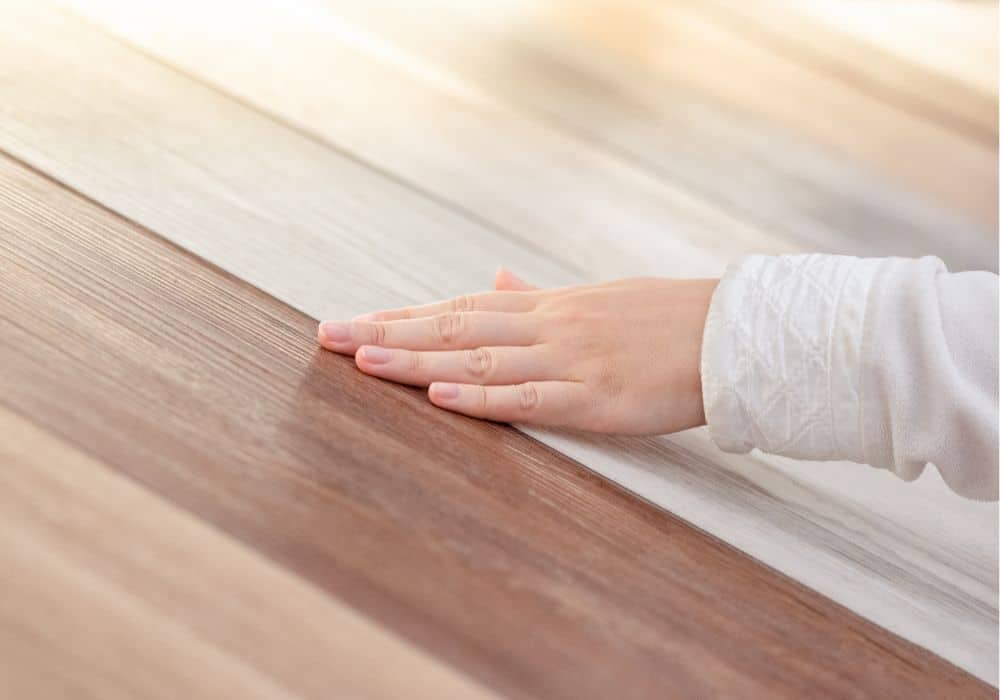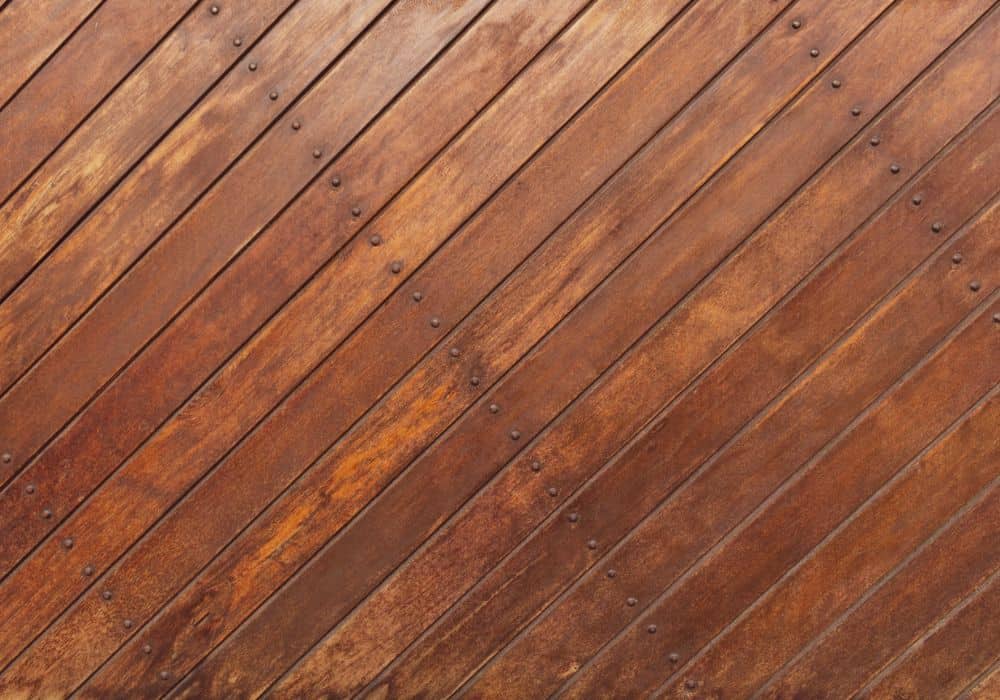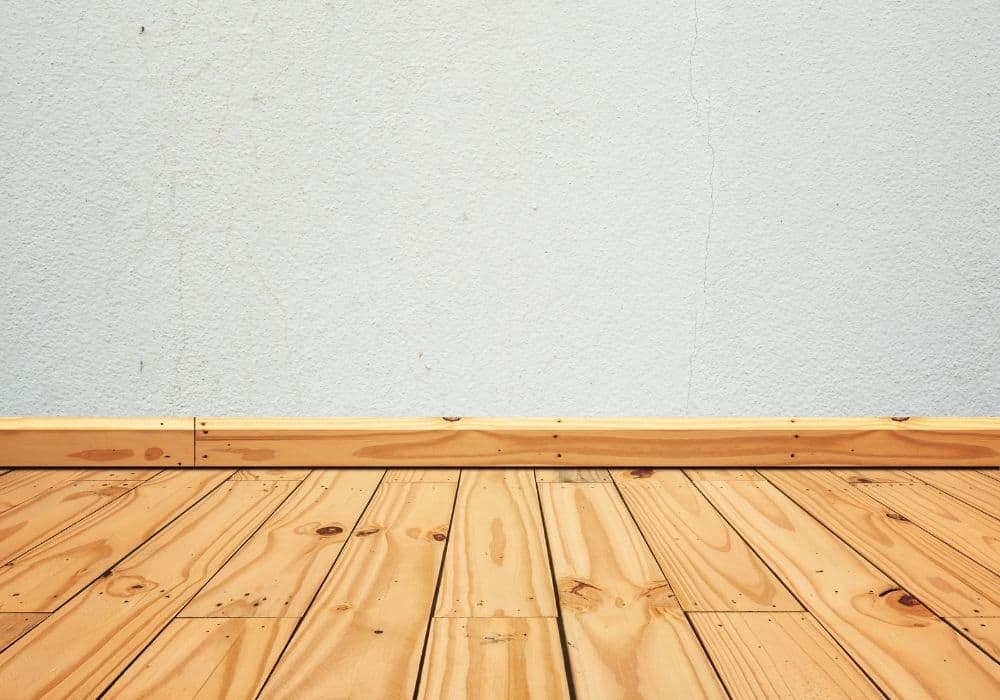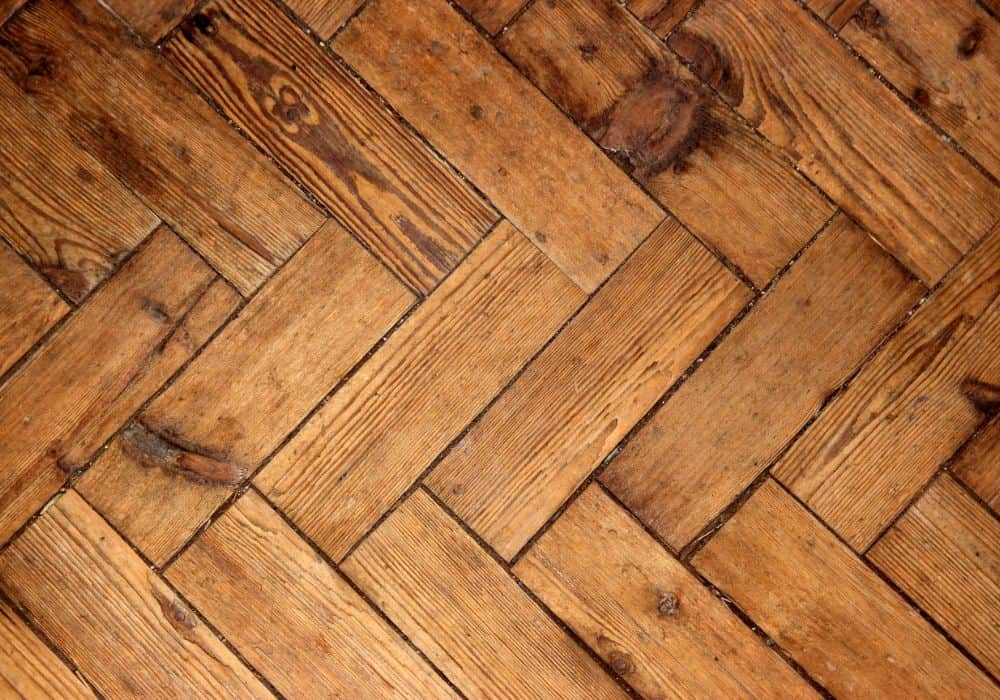Your gorgeous hardwood floors look pristine and flawless on installation day. However, fast forward a few months and your floor look like it has been missing a few thin strips of wood. Wide gaps in between your wood planks have started to appear and smear the beauty of your hardwood. How do you fix these gaps in hardwood floors?
Well, worry not because your plight is one that has a solution that we will discuss in this article. We will also talk about how you can prevent these unsightly gaps from appearing again on your hardwood floor.
Table of Contents
Tools and Materials You’ll Need
There are multiple methods that you can follow to fix gaps that appear on your hardwood floors. Therefore, you may not need everything that is listed here. Make sure to read through the steps first and see what you will actually need.
Tools
- Hand saw
- Vacuum
- Table saw
- Hammer
- Putty knife
- Blunt knife
- Sandpaper
Materials
- Matching hardwood planks
- Wood glue
- Jute or cotton rope
- Wood stain
- Wood putty
Before Fixing the Gaps…
Check the size of the gaps
First, make sure these gaps are growing or at least staying at the same size. Hardwood naturally expands and contracts; as a natural product, hardwood changes according to humidity. As the wood loses moisture during seasons of low humidity such as winter, it contracts, and vice versa.
If the installer of your floor knew what they were doing, you should not be seeing these gaps at all. They would have properly acclimated your hardwood by keeping it in the area where it would be installed for at least 3 days and checked if its moisture content and temperature match that of the surrounding environment.
However, imperfections are inevitable with natural products, and perhaps your installer didn’t do a good job with your hardwood floor. Or, you are not able to maintain a consistent level of humidity inside your area, especially when the seasons change. These may result in hardwood floor gaps showing up on your floor.
Make sure the gaps are present all the time
You need to first check if these gaps are present all year round. There are times that these gaps appear temporarily, but the hardwood goes back to its original size once the conditions are favorable. If this is the case, you might want to avoid filling in these gaps. “Fixing” these flooring gaps may cause more harm to your floor.
However, if you notice that these gaps have stayed the same size or grown larger over time, then you might want to fill them up using any material that is readily available to you. Common materials used as a gap filler are wood strips, rope, and wood putty.
Method 1: Fix Gaps Using Wood Strips
If you are seeing large gaps in your floor, then you might want to use wood strips. You can easily use spare wood boards, but new and salvaged floorboards that match your current flooring will work just fine.
Step 1: Cut the boards into strips
Measure the width and length of the gap in each floorboard. Using a table saw and a handsaw, rip-cut your spare boards to the specified sizes. You want this strip to fit snugly into the gap, so trim it till it slots into the gap.
Step 2: Glue the strip into the gap
Grab some wood glue, apply a liberal amount onto the sides of the strip, then push it into the gap. With a hammer, you can persuade the strip to fit into the gap. Make sure that the strip is flush with the rest of the floor, then wipe off the excess glue.
Step 3: Sand and stain
If the strip is still not flush with the rest of the boards, sand it down and then stain it with wood stain to match the entire floor.
Method 2: Fix Gaps Using Natural-Fiber Rope
A traditional method of fixing floorboard gaps, especially wider ones on older hardwood floors, involves filling them with natural rope. Although it may not look as good as using actual wood strips, they can get the work done quite well.
Step 1: Clean the gap
Before placing the rope, clean out accumulated dirt and pieces of hardwood from the gap. You can easily vacuum all the dirt away to ensure a clean job. You want to make sure that the gap is clear of any debris before proceeding, so you might need to repeatedly clean the gap.
Step 2: Stain the rope
We highly recommend using natural-fiber rope, as synthetic rope does not readily stain, which will look bad on your floor. Dunk the rope into the wood stain of your choice, which should at least match the aesthetic of your floor to avoid it from looking too out of place.
Make sure to dry the rope first to let the stain stick before placing it into the gap.
Step 3: Fit the rope into the gap
We recommend that you use a bit of wood glue to ensure that the rope doesn’t fly off the gap. Place a good bead of wood glue on the gap, then stuff it with the stained rope. Grab a knife and trim the filler until it is flush with the entire floorboard.
For a better and more convincing finish, apply varnish on the filled gap. This can also harden the rope and avoid it from going out of the gap.
Method 3: Fix Gaps Using Wood Putty
If the gap that your floor has is not as drastically big, then you can go away by simply using wood putty. This is the simplest method that you can implement, and they’re perfect for small, stable gaps. However, if the gap continues to expand, hardened wood putty may end up becoming another liability.
Make sure that you are using a wood putty that matches the color of your hardwood.
Step 1: Clean the gap and the floor
Just like using natural fiber rope, you want to clean out the gap and the surrounding floorboards. This avoids possible problems that may crop up due to uneven surfaces. You can sweep and vacuum until no more debris is visible.
Step 2: Apply the wood putty
Get a good amount of wood putty, enough to fill the entire gap, and begin to work it into the gap. You can use your finger to put the putty in a circular motion then use the putty knife to make it flush with the whole floor. If you don’t have a putty knife, a bunt knife will do the trick just fine.
Step 3: Let the putty dry
With a damp cloth, wipe off excess putty and let the putty dry before starting to walk on the filled area. You can expect the area to be used within 30 minutes, but you can wait for at least a day to ensure that the putty hardens well.
How to Avoid Gaps in Hardwood Floors
Now that we know how to fix these gaps, we should also know how to prevent them from ever coming back. You’ll find that gaps are often a result of the fluctuating temperatures and humidity levels of your area. By making sure that you can keep a consistent humidity level despite the changing seasons, these gaps become less likely to appear.
Although you cannot do this anymore with installed floorboards, you would do well to know that you need to acclimatize the hardwood before installing it into the floor. This involves stacking them in such a way that each board has access to sufficient air circulation. By doing this, your hardwood adjusts accordingly to the humidity of your area.
Usually, you want around 30-50% humidity inside the area to avoid these gaps from showing up.
1. Humidify during the Dry Seasons
Humidifiers are amazing machines that can keep your area at a certain humidity level, which would help counteract drying out the moisture out of your hardwood. If you don’t have a humidifier, simply keeping a kettle of water on your stove would suffice.
2. Dehumidify during the Wet Months
If your hardwood is constantly near a place of high humidity, or the seasons encourage high humidity levels, you would want to have a dehumidifier around. As the name suggests, it removes excessive moisture from the air until the relative humidity is to your liking.
3. Fix Improperly Installed Floorboards
If you can identify (or at least have a professional flooring expert check it up) a floorboard that has not been properly installed, you can also fix it by installing a new floorboard. You might want to do it during the months when humidity is moderate, which should be any time except summer and winter.
Conclusion
Your hardwood is beautiful because of its authentic character that shows in its natural texture. However, gaps mar this sight in such a jarring way that you cannot just simply ignore them. You cannot enjoy the full beauty of hardwood floors if it has gaps in them.
If you prefer to do it yourself, the methods outlined here will help bring back the pristine hardwood floor that you had on installation day. However, if you have no experience working with floorboards and hardwood, then you might want to reach out to a professional and seek help regarding your gap issues.



